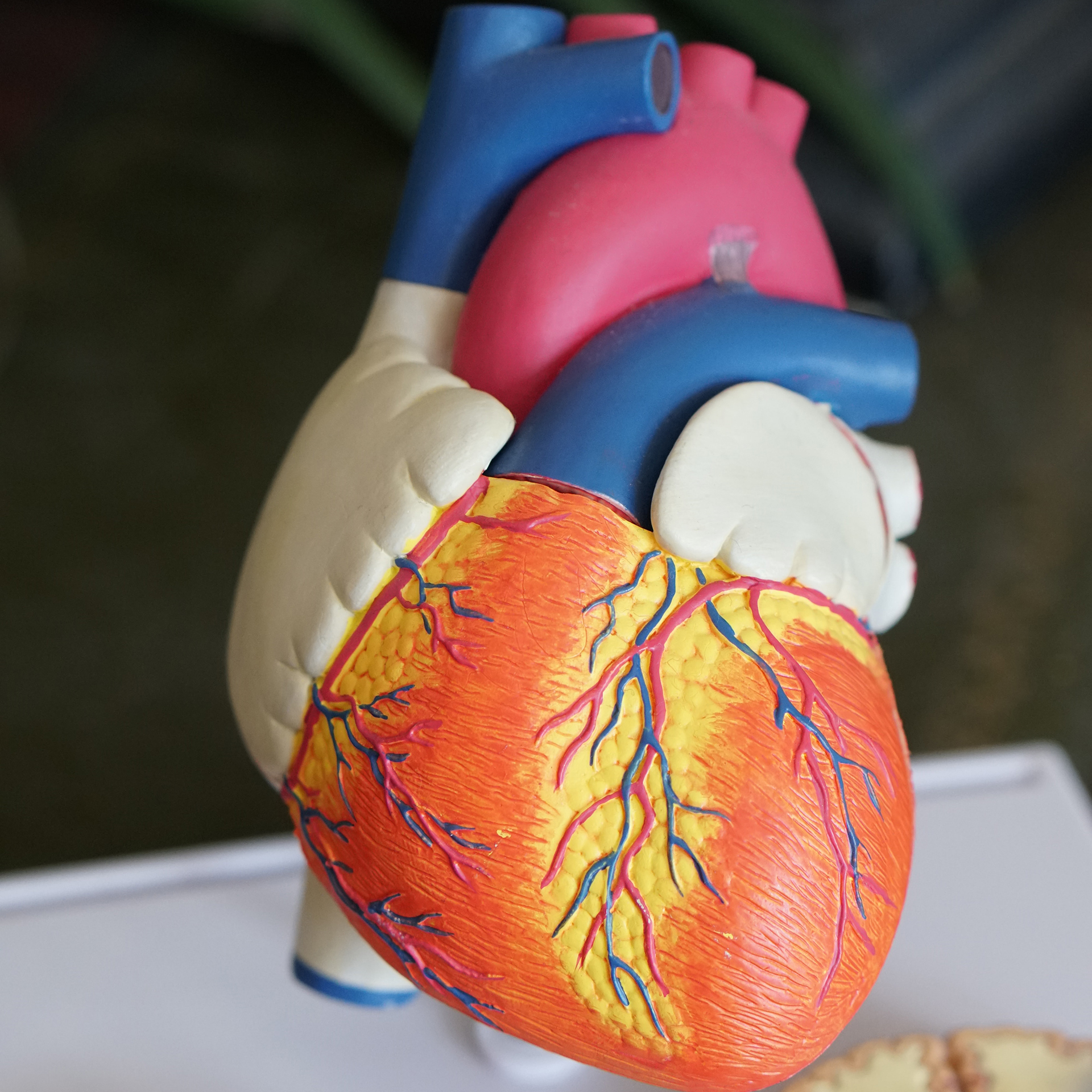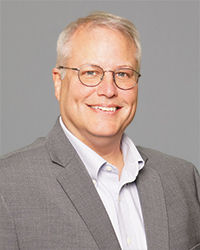Santa Fe movement specialist develops program that slows, reverses some symptoms
By Autumn Gray
Like many Americans, Santa Fe architect Shawn Evans had had difficulty sleeping for about as long as he could remember. About 15 years ago, he lost his sense of smell, and somewhere along the way, his right arm stopped swinging as he walked. The peculiarities came on so gradually and seemingly without connection that Evans either didn’t notice or disregarded them.
Then, in 2017, a tremor that he couldn’t ignore appeared in his right thumb. He decided to see a neurologist. The doctor diagnosed Evans with young onset Parkinson’s disease. Evans was 47 and a business owner, with two boys and a wife. He was devastated beyond description – then.
Today, at 50, Evans says he has never felt better and is at his peak physically, largely thanks to groundbreaking physiological and neurological training he has received from David Wargo, a movement specialist in Santa Fe.
“It’s strange to have this degenerative disease and feel like I’ve never felt better, and I absolutely attribute that to David,” Evans said. “What David has done for me is give me incredible confidence for the future.”
In fact, there is mounting evidence that exercise can reduce the symptoms of Parkinson’s symptoms and potentially even slow disease progression, according to a study published by the Neurology medical journal this past February.
What is Parkinson’s?
Parkinson’s disease (PD) is a progressive neurodegenerative disorder that affects predominately dopamine-producing neurons in a specific area of the brain. Since dopamine controls mood and fine muscle control, people with PD tend to experience tremors, limb rigidity, and/or gait and balance problems. Non-motor symptoms can include depression, constipation, sleep problems, loss of sense of smell and cognitive impairment, according to the Parkinson’s Foundation. Symptoms generally develop slowly over years and vary from person to person.
Among the many misperceptions about PD is that it only afflicts seniors. While the vast majority of PD patients are 60 or older, 10 percent to 20 percent are younger than 50, according to the American Parkinson’s Disease Association. Other myths are that all PD patients experience tremor and that Parkinson’s in and of itself is fatal.
Dispelling these misconceptions and educating people about Parkinson’s is the goal of Parkinson’s Awareness Month, recognized annually in April. Among neurodegenerative diseases, it ranks second to Alzheimer’s for the number of people impacted. An estimated 3,000 New Mexicans are living with the condition, and that number is expected to grow as the state’s population ages, according to University of New Mexico Health Sciences.
No cause is known, and there is no cure. But it is possible for PD patients to enjoy a good quality of life. Treatments and management options range from medications, to surgery, to movement therapies. These often include stretches and exercises supported by a physical therapist and/or occupational therapist.
A unique approach
However, the program that Wargo has developed, and that has helped Evans and about 150 others with PD, does not follow traditional physical therapy practices. His technique, which involves reorganizing movement patterns in the body, re-connecting dormant neuro-muscular pathways, and correcting structural misalignments, has even been called unorthodox by some in the medical community and by some patients.
It’s also been hailed as wildly successful and revolutionary via anecdotal reports.
Evans is one testament to that. He began seeing Wargo upon recommendation from his neurologist within months of his diagnosis in 2018. As a result of regular work at Wargo’s studio, Movement 360, Evans said his right arm is swinging again without him having to think about it. He also said he’s physically fit for the first time in his life.
“I had the good fortune of having a metabolism that didn’t require (regular activity), and I was always kind of a nerdy kid,” Evans said. “I was just like raw, fresh meat for David to work his magic.”
Wargo is not a physical therapist or a doctor. He is a lifelong entrepreneur who received certification as a personal trainer in 2009 from the International Sports Sciences Association. Wargo’s goal was to help people become physically stronger and healthier; he never intended to specialize in pain relief, much less movement and neurological disorders.
However, Wargo’s focus began to shift when a client who was a neurologist began referring difficult cases to him. Patients who weren’t responding well to traditional therapies saw improvement. Word spread, and within three months, Wargo had a full roster of clients.
“When I became a trainer, I very quickly saw these patterns of gait problems, how people walked, sat, and moved, and the patterns in pain were similar,” Wargo said. “I realized in the first six months that everybody’s alignment is off because of modern life.”
Sitting for long periods, poor posture, typing on keyboards, and exercising improperly can all result over time in pelvic shifts, leg length discrepancies, shoulder height differences, and more. These misalignments tug and pull on the body in ways that eventually can lead to injury and pain. Even muscle weakness and neural pathway disruptions can occur as the body overuses some areas and underuses others to compensate. These kinds of problems are exacerbated in Parkinson’s patients.
“When I put these patterns together and started fixing underlying structural problems that most of us have, I was successful,” Wargo said. “It’s not rocket science, but it’s what most of the industry doesn’t have the time to do, which is start from ground zero and fundamentally rebuild somebody’s body. That’s what I do.”
Wargo’s methods are getting noticed by a neurology team at the Dan Aaron Parkinson’s Rehabilitation Center at the University of Pennsylvania in Philadelphia. Evans, whose architectural firm has an office in the city, gets treatment there when he travels for work. Heather Cianci, the center’s neurological team leader, is Evans’ physical therapist and friend. She has seen videos of Evans’ workouts with Wargo and noticed changes in Evans since he has been working with him.
“One of the things that stand out to me about the exercises David is doing with Shawn … is that there is a real focus on the mind-body connection,” Cianci wrote in an email. “David has Shawn doing activities that challenge him both physically and cognitively/mentally. There is a big need for this with people living with PD as they often are not sensing the quality of their movements.
“We often see work-outs that only work on strength or aerobic fitness, but this isn’t the case with David. … He keeps coming up with new and progressively more challenging activities that I don’t often see others doing.”
Wargo has developed his system over 12 years working with about 1,500 people. He starts all of his clients off with stretches on a mat, getting major joints in the knees, shoulders, hips, and back to open up. Then, he moves to posture work and muscle engagement. Reawakening neurological connections comes later.
“Even those who have been taking Levodopa (a potent medication for PD) for 15 years, have showed significant improvement,” Wargo said.
That has certainly been the case for 70-year-old Paul Bloch. He was diagnosed with Parkinson’s three years ago after experiencing foot tremors, loss of arm coordination, poor balance, rigidity and anxiety. A stone sculptor with a studio in Santa Fe, Bloch’s symptoms impacted his ability to work and do hobbies he loved, including playing the double bass, mountaineering, and bicycling. He also became depressed.
Bloch began seeing Wargo in 2019. “He’s been a miracle worker. He helped realign my body and regain balance, coordination, self-confidence and well-being,” Bloch said in an email from Carrera, Italy. He was there in March to visit quarries with the goal of buying four tons of Italian marble and tools to ship back to Santa Fe for a six-foot sculpture he has underway.
“I feel better than I’ve felt in years. David’s therapy has stabilized and even reversed symptoms,” Bloch wrote.
In an effort to reach more Parkinson’s patients, Wargo intends to publish a series of self-help books, each focused on certain parts of the body. The first in the series (yet to be titled as of deadline for this story) is anticipated to come out late this month or in early May. Ten chapters will walk readers through the experiences of five Parkinson’s patients, including narratives about how they came to him, what treatments they had tried previously, and the positive effects they encountered through Wargo’s program. Several chapters provide some simple exercises people can do at home.
“Most Parkinson’s patients are told to walk, box, do yoga and do all these things because movement is good for Parkinson’s,” Wargo said, “but if you have a pelvis that’s misaligned or scoliosis, you’re going to make yourself stiffer and create a cascade of problems by exercising.
This work seems to keep Parkinson’s under control, and the more you use it, the better you get.”














